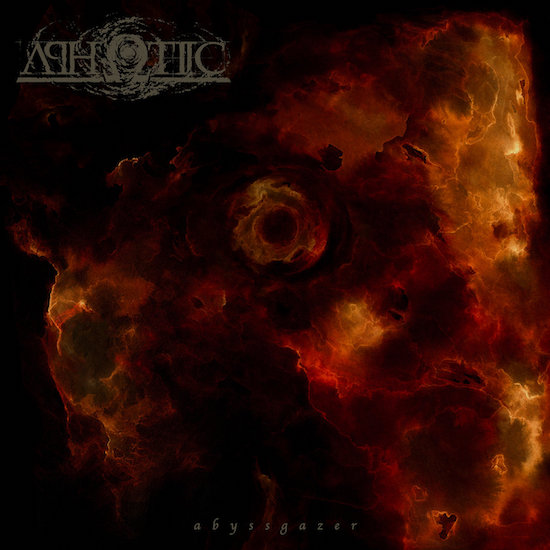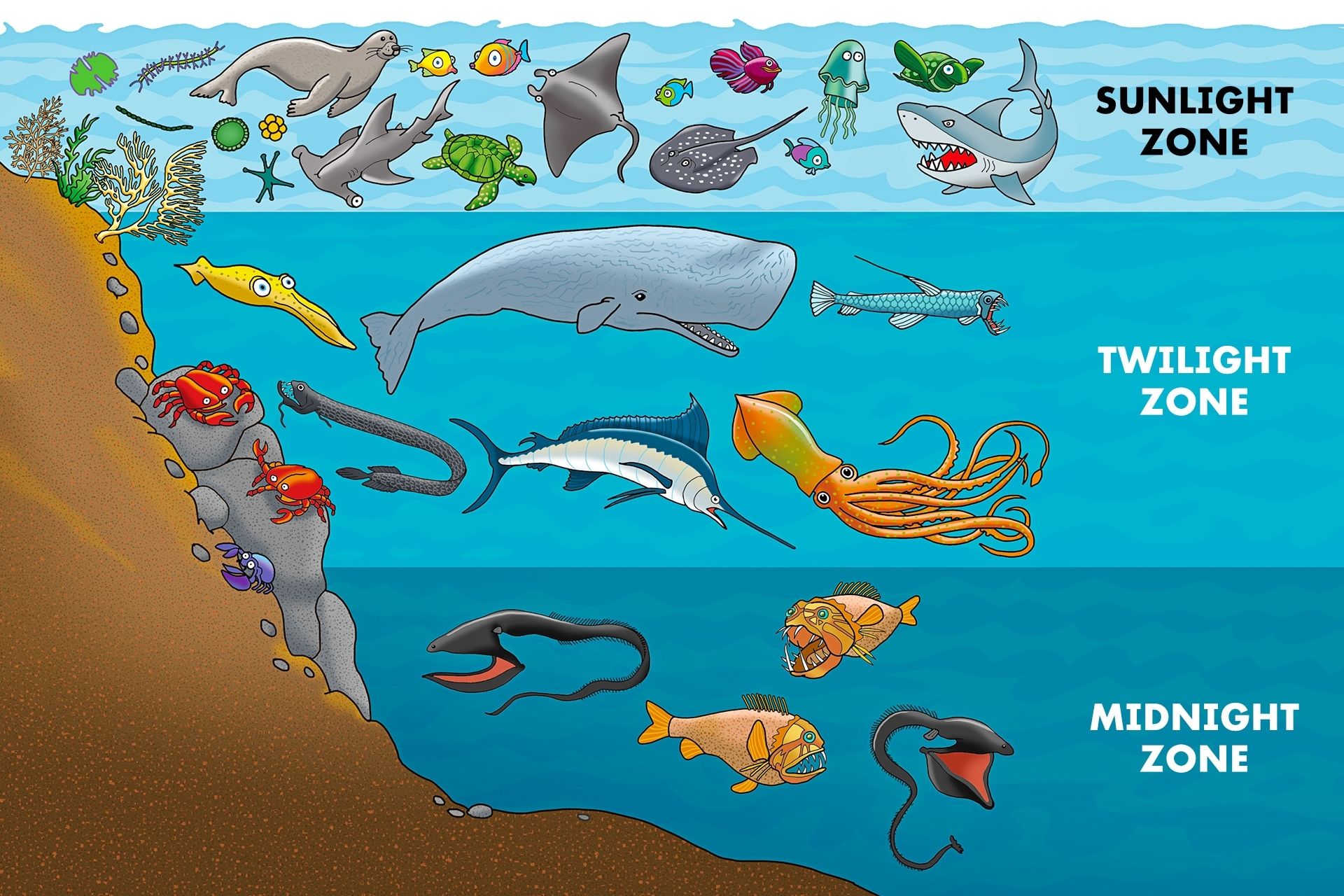Aphotic Photos: Diving Into The World Of Dark Photography
Have you ever wondered how photographers capture the beauty of darkness and turn it into art? Aphotic photos are all about embracing the shadows and creating something breathtaking in the absence of light. This is more than just a trend—it’s an art form that’s growing in popularity, and for good reason. If you're here, you're probably either fascinated by this style or want to try it yourself. Either way, you've come to the right place.
Photography has always been about light and shadow, but aphotic photos take things to the next level. Instead of chasing sunlight or studio lights, these images thrive in the dark. Whether it's capturing the night sky, urban landscapes under moonlight, or even abstract compositions in complete darkness, aphotic photography opens up a world of creativity that’s hard to resist.
So, why should you care about aphotic photos? Because they're not just about taking pictures—they're about telling stories, exploring emotions, and pushing boundaries. In a world where everyone’s snapping photos with their phones, learning how to create aphotic masterpieces can set you apart. Stick around, and we'll dive deep into everything you need to know.
Read also:Artistic Element Tattoo Yucaipa Ca Where Ink Meets Art
What Exactly Are Aphotic Photos?
Let’s start with the basics. Aphotic photos refer to images captured in environments with little to no light. The term "aphotic" itself comes from the Greek word meaning "without light," which perfectly describes what this style is all about. But don’t let the lack of light fool you—these photos can be incredibly powerful and evocative.
Aphotic photography isn’t just about using a tripod and long exposures. It’s about understanding how light—or the absence of it—can shape your image. From capturing the glow of city lights at night to exploring caves or underground spaces, aphotic photos offer endless possibilities for creativity.
Here’s a quick rundown of what makes aphotic photos unique:
- Emphasis on Shadows: Unlike traditional photography, aphotic photos celebrate the absence of light rather than hiding it.
- Experimental Techniques: This style encourages experimentation with exposure, ISO, and other camera settings to create stunning effects.
- Emotional Impact: Aphotic images often evoke strong emotions, whether it’s awe, mystery, or even a sense of isolation.
The History Behind Aphotic Photos
Believe it or not, aphotic photography has been around for a while. Back in the early days of photography, capturing images in low-light conditions was a challenge. But as technology advanced, photographers began experimenting with techniques like long exposures and infrared photography.
Fast forward to today, and aphotic photography has become a recognized genre in its own right. Modern cameras are equipped with features that make it easier than ever to capture stunning images in the dark. Whether it's astrophotography, urban nightscapes, or even underwater photography in aphotic zones, this style continues to evolve.
Key Milestones in Aphotic Photography
Here are some key moments in the history of aphotic photos:
Read also:The Enigmatic Tale Of La Leyenda De Lucy A Spellbinding Legend
- 1800s: Early pioneers like William Henry Fox Talbot experimented with long exposures to capture images in low light.
- 1900s: The invention of flash photography allowed photographers to illuminate dark environments, but many still preferred natural lighting.
- 2000s: Digital cameras revolutionized aphotic photography, making it possible to capture high-quality images in near-total darkness.
Why Aphotic Photos Matter
In a world saturated with brightly lit images, aphotic photos stand out. They challenge us to see the world differently and appreciate the beauty in darkness. Beyond aesthetics, there’s a deeper meaning behind this style. Aphotic photos can evoke emotions, tell stories, and even spark conversations about the human condition.
Think about it. When you look at a well-crafted aphotic photo, you’re not just seeing an image—you’re experiencing something. Whether it’s the vastness of the night sky or the eerie beauty of an abandoned building, these photos have a way of drawing you in and making you feel something.
Emotional Impact of Aphotic Photos
Here are some emotions that aphotic photos often convey:
- Mystery: The unknown elements in aphotic photos can leave viewers questioning what lies beyond the frame.
- Isolation: Images captured in dark environments can evoke a sense of solitude and introspection.
- Awe: The sheer scale of the night sky or the intricate details of shadows can leave viewers in awe.
How to Get Started with Aphotic Photos
Ready to dive into the world of aphotic photography? Great! Here’s a step-by-step guide to help you get started:
Essential Gear for Aphotic Photography
While you don’t need the fanciest gear to start, having the right tools can make a big difference. Here’s what you’ll need:
- Camera: A DSLR or mirrorless camera with manual controls is ideal.
- Tripod: Essential for stabilizing your camera during long exposures.
- Lens: A wide-angle lens with a fast aperture (f/2.8 or lower) works best for low-light situations.
- Remote Shutter Release: Helps prevent camera shake during long exposures.
Tips for Capturing Stunning Aphotic Photos
Once you have your gear, here are some tips to keep in mind:
- Use Manual Mode: This gives you full control over settings like ISO, aperture, and shutter speed.
- Experiment with Exposure: Try different exposure times to see how they affect the final image.
- Focus Manually: Autofocus struggles in low light, so switch to manual focus for better results.
Popular Styles of Aphotic Photos
Aphotic photography isn’t limited to one specific style. There are several subgenres that you can explore, depending on your interests and equipment. Let’s take a look at some of the most popular styles:
Astrophotography
Capturing the night sky is one of the most popular forms of aphotic photography. From stars and galaxies to meteor showers and auroras, astrophotography offers endless opportunities for creativity.
Urban Nightscapes
If you live in a city, urban nightscapes are a great way to showcase the beauty of your surroundings. Experiment with city lights, reflections, and motion blur to create dynamic images.
Abstract Aphotic Photos
For those who love experimenting, abstract aphotic photos can be a lot of fun. Play with shadows, textures, and colors to create unique compositions that challenge the viewer’s perception.
Challenges of Aphotic Photography
While aphotic photography is incredibly rewarding, it does come with its own set of challenges. Here are a few things to keep in mind:
- Noise: High ISO settings can introduce noise into your images, so it’s important to find a balance.
- Focus Issues: As mentioned earlier, autofocus struggles in low light, so manual focus is key.
- Weather Conditions: Shooting outdoors at night can be affected by weather, so plan accordingly.
Overcoming These Challenges
Here are some strategies to help you overcome these challenges:
- Use Noise Reduction Software: Programs like Adobe Lightroom can help reduce noise in post-processing.
- Practice Manual Focus: Spend time practicing manual focus to get comfortable with it.
- Check the Weather Forecast: Plan your shoots around clear skies and favorable weather conditions.
Where to Find Inspiration for Aphotic Photos
One of the best things about aphotic photography is the endless possibilities for inspiration. Whether it’s nature, architecture, or even everyday objects, you can find beauty in the dark. Here are some places to look for inspiration:
- Instagram: Follow aphotic photographers and explore hashtags like #aphoticphotos and #nightphotography.
- Art Galleries: Visit galleries that showcase aphotic works to see how other artists approach this style.
- Online Communities: Join forums and groups dedicated to aphotic photography to connect with like-minded individuals.
Conclusion: Embrace the Darkness
In conclusion, aphotic photos offer a unique and exciting way to explore the world of photography. Whether you’re a seasoned pro or just starting out, this style has something to offer everyone. By embracing the shadows and pushing the boundaries of what’s possible, you can create images that truly stand out.
So, what are you waiting for? Grab your gear, head out into the night, and start capturing the beauty of darkness. And don’t forget to share your work with the world—your photos might just inspire someone else to explore this fascinating genre. Happy shooting!
Table of Contents
- What Exactly Are Aphotic Photos?
- The History Behind Aphotic Photos
- Why Aphotic Photos Matter
- How to Get Started with Aphotic Photos
- Popular Styles of Aphotic Photos
- Challenges of Aphotic Photography
- Where to Find Inspiration for Aphotic Photos
- Conclusion: Embrace the Darkness


